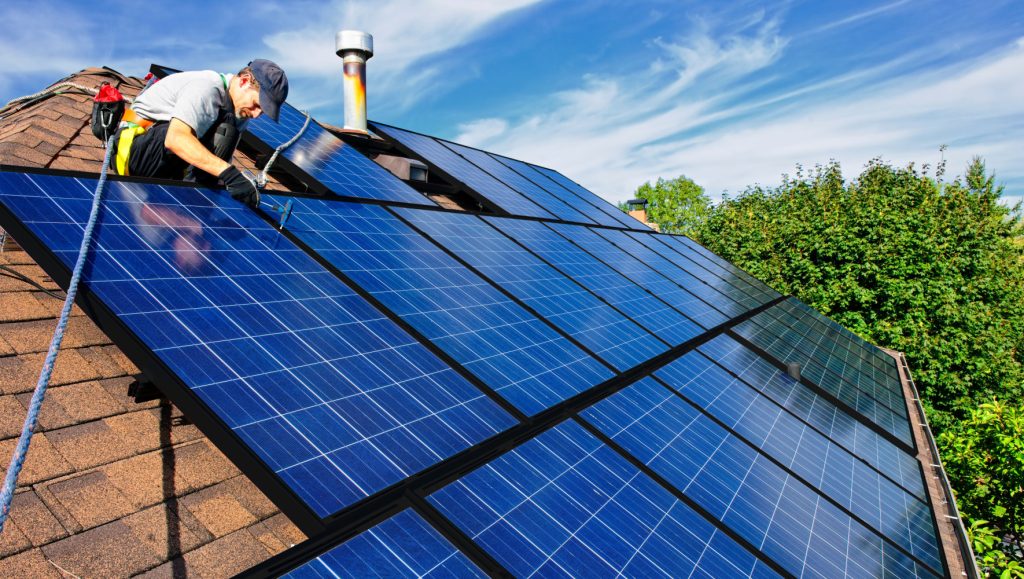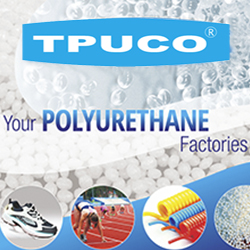
Covestro is pleased to announce today that shipments of photovoltaic (PV) modules using frames made with its polyurethane (PU) composites technology have surpassed 3 gigawatts—a major milestone for this cost-effective, low-carbon alternative to aluminum, pioneered in China by the materials manufacturer. This volume is equivalent to about 5 million standard solar panels, covering more than 1,100 soccer fields—underscoring growing market acceptance.
Made with Covestro’s Baydur PU composites, the frames offer high strength, corrosion resistance, and insulation properties – thereby enhancing solar module performance and longevity. As the second-most costly PV module component after the solar cells themselves, aluminum frames typically account for 10–15 percent of total module costs. PU composites provide a stable, cost-effective alternative amid aluminum price volatility. The PU composite also enables up to 85 percent lower cradle-to-gate carbon emissions compared to aluminum in frames1, due to its less energy-intensive production process.
“Through more than a decade of innovation and continuous refinement, we have pioneered new ways for the PV industry to reduce costs and improve efficiency, while driving sustainable development,” said Akhil Singhania, Global Head of PU Specialties in Covestro’s Tailored Urethanes Business Entity. “Achieving this milestone of over 3 GW of photovoltaic module shipments with frames using our material in just over two years validates the transformation of an innovative concept into a crucial component that enhances competitiveness of the solar modules.”
Strong demand
As the world’s largest producer of PV modules, China has been at the forefront of adopting composite frames. In 2023, when the PV industry faced mounting cost pressure, manufacturers seeking cost-effective components began adopting composite frames—leading to a breakthrough in their application. With outstanding properties and certifications from both TÜV Rheinland and TÜV SÜD, Baydur® rapidly gained industry-wide recognition.
The Baydur composite technology reached a pivotal milestone in 2024 as major Chinese solar manufacturers integrated this technology into their mass production lines. This advancement comes at a crucial time in the renewable energy landscape. According to the International Energy Agency’s Renewables 2024 report, the global renewables capacity is set to expand by 5,520 GW by 2030, with solar PV installations accounting for 80 percent of the growth. The timing of PU composite frames’ market entry therefore positions this sustainable solution to meet the industry’s unprecedented expansion.
Materials enabling the energy transition
Beyond PU composite frames, Covestro also supplies Desmodur ultra N 31890 BA—a new, fast-curing aliphatic hardener developed in China for PV backsheet coatings. It dries nearly three times faster than standard hardeners, boosting production efficiency while supporting energy savings and carbon emissions reduction. It also offers superior UV and hydrolysis resistance for long-term backsheet durability.
Additionally, Covestro’s polycarbonate solutions combine lightweight with excellent mechanical performance to protect PV modules, energy storage systems, charging stations and other new energy equipment, ensuring reliable outdoor performance. The materials also support advanced designs that integrate lighting, haptic feedback, displays and electronic circuits—ideal for next-generation solar energy, storage and charging systems. Available in low-carbon versions and backed by stable global supply, they help customers advance sustainable innovation and strengthen their international competitiveness.
1 Internal calculations based on data from TÜV SÜD, which shows cradle-to-gate carbon footprint of each kilogram of 100 percent primary aluminum profile is 24.2 kilograms of CO2 equivalent emissions.









